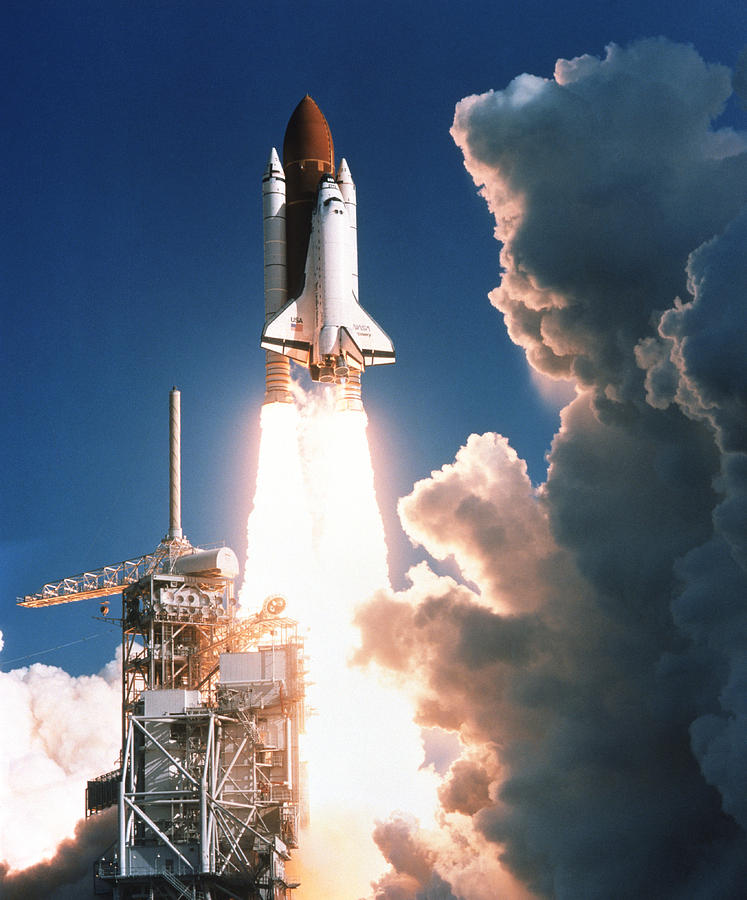
NASA to repair Artemis 1 moon rockets leaky hydrogen connector at launch pad. On that flight, Discovery carried NASA's TDRS-C communications satellite into orbit, putting the American STS program back on track once more. Stay informed of all the latest space, launches, news and information. On September 29, 1988, the first post- Challenger mission was launched, STS-26. The STS was essentially shut down for a period of 975 days while NASA carried out the necessary changes and tested its new systems. The military began reviving its non-shuttle launch options and switched fully to its own boosters for classified satellite launches after 1990. In total, NASA managed to collect 16 engines from the retired Shuttles, of which four are currently affixed to the SLS rocket standing on the launch pad at Kennedy Space Center in Florida. Also, NASA was instructed by Congress to reassess its ability to carry out the ambitious program of shuttle launches that it had been planning. In addition, an escape system was developed that would allow crew members to abandon a shuttle via parachute in case of emergency, and NASA redesigned its launch-abort procedures. Another 30 were made in the solid rocket booster, 13 in the external tank, and 24 in the shuttle's main engine. Components from 83 shuttle missions are on Artemis 1. Space Shuttle missions STS-51L, 28 January 1986, Challenger STS-26, 29 September 1988, Discovery STS-27, 2 December 1988, Atlantis STS-29, 13 March 1989. Crew-5 astronauts Nicole Mann and Josh Cassada. Most of these (254 modifications in all) were made in the orbiter. More than a decade after NASA landed its last space shuttle, parts from all five orbiters are set to launch again, this time to the moon. NASAs SpaceX Crew-5 mission will lift off from Launch Complex 39A at NASAs Kennedy Space Center in Florida.

The O-ring ruptured, allowing flames from the rocket's interior to jet out, burning into the external fuel tank and causing it to explode.Īs a result of the Challenger disaster, many design changes were made.

EDT liftoff, Artemis I mission managers were forced to call a scrub about three hours before liftoff due to a liquid hydrogen leak.

The reason for the disaster, said the commission, was the failure of an O-ring (literally, a flexible O-shaped ring or gasket) in a joint connecting two sections of one of the solid rocket engines. 3 update: NASA's second attempt at launching the 322-foot Space Launch System moon rocket was called off again Saturday due to technical issues at Kennedy Space Center. On June 6, 1986, the Presidential Commission appointed to analyze the disaster published its report. The Challenger disaster prompted a comprehensive study to discover its causes.


 0 kommentar(er)
0 kommentar(er)
